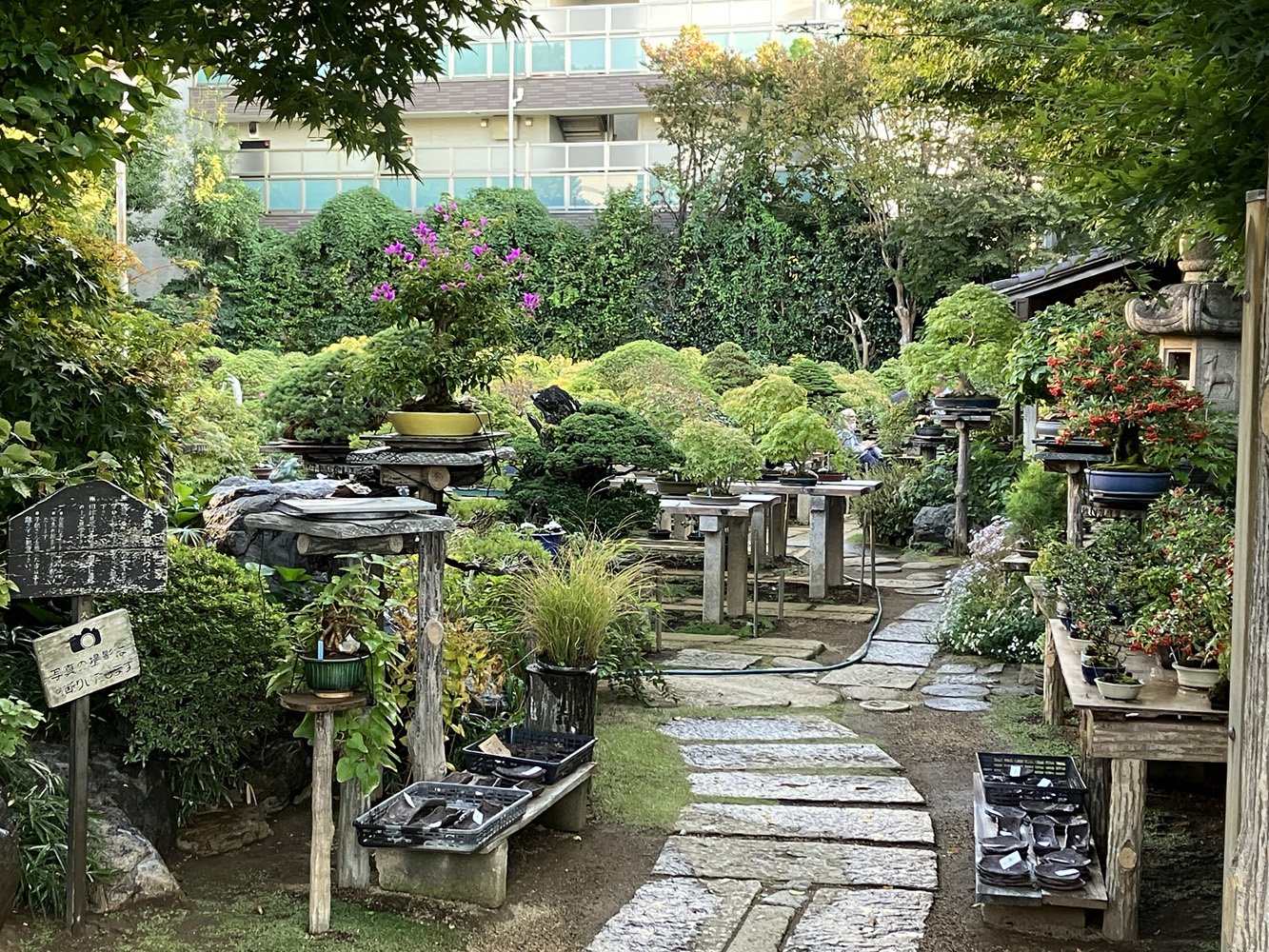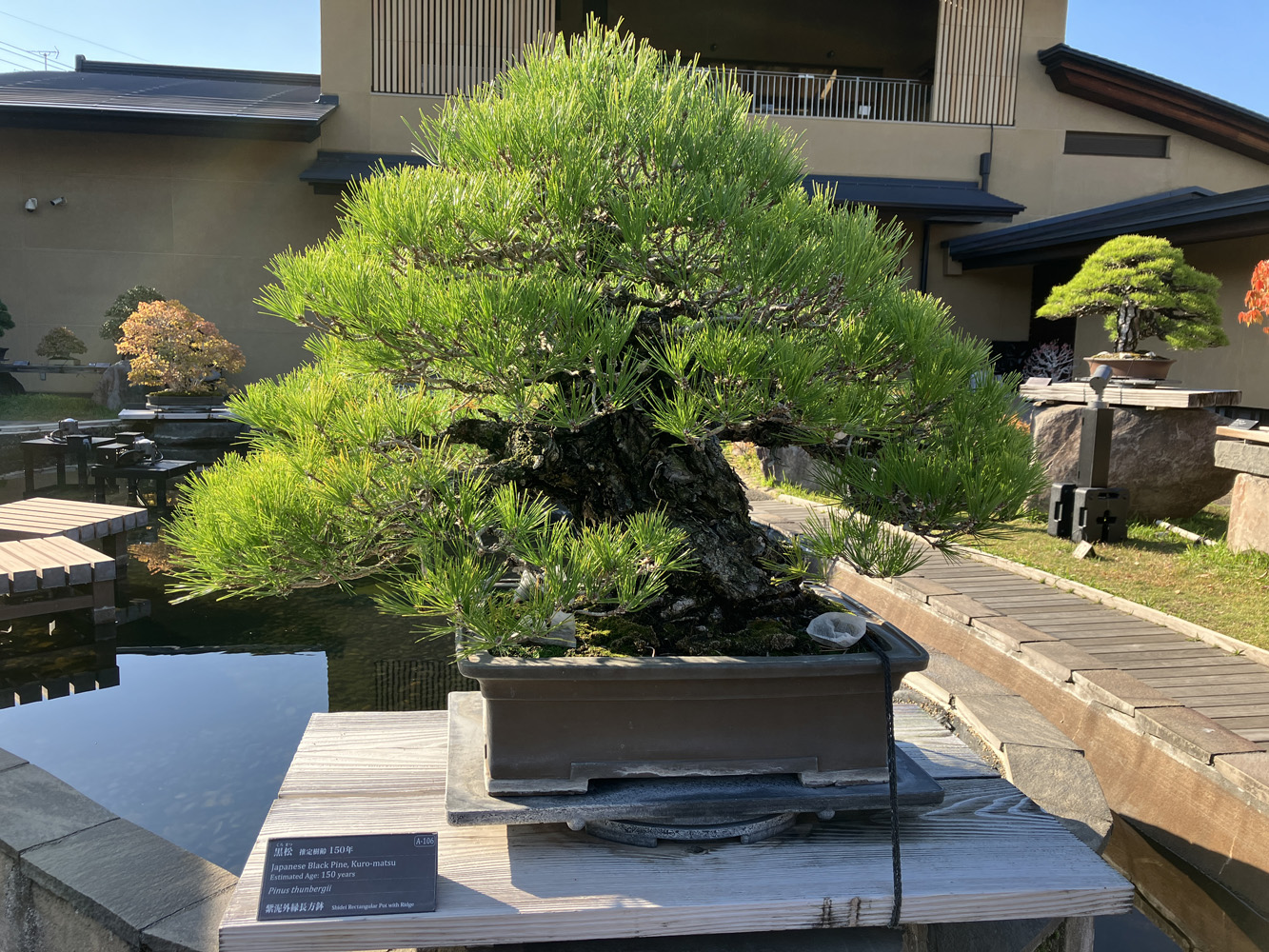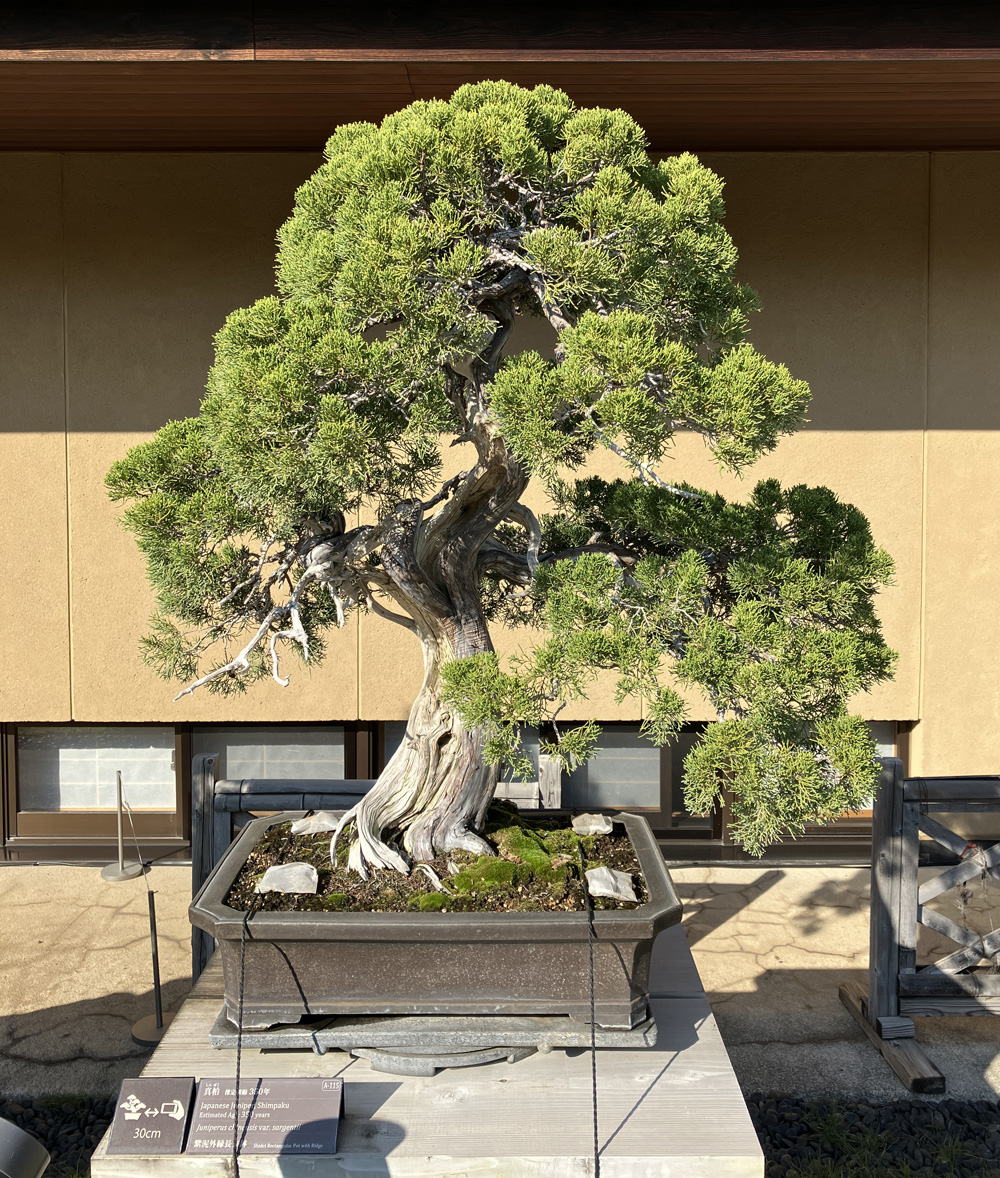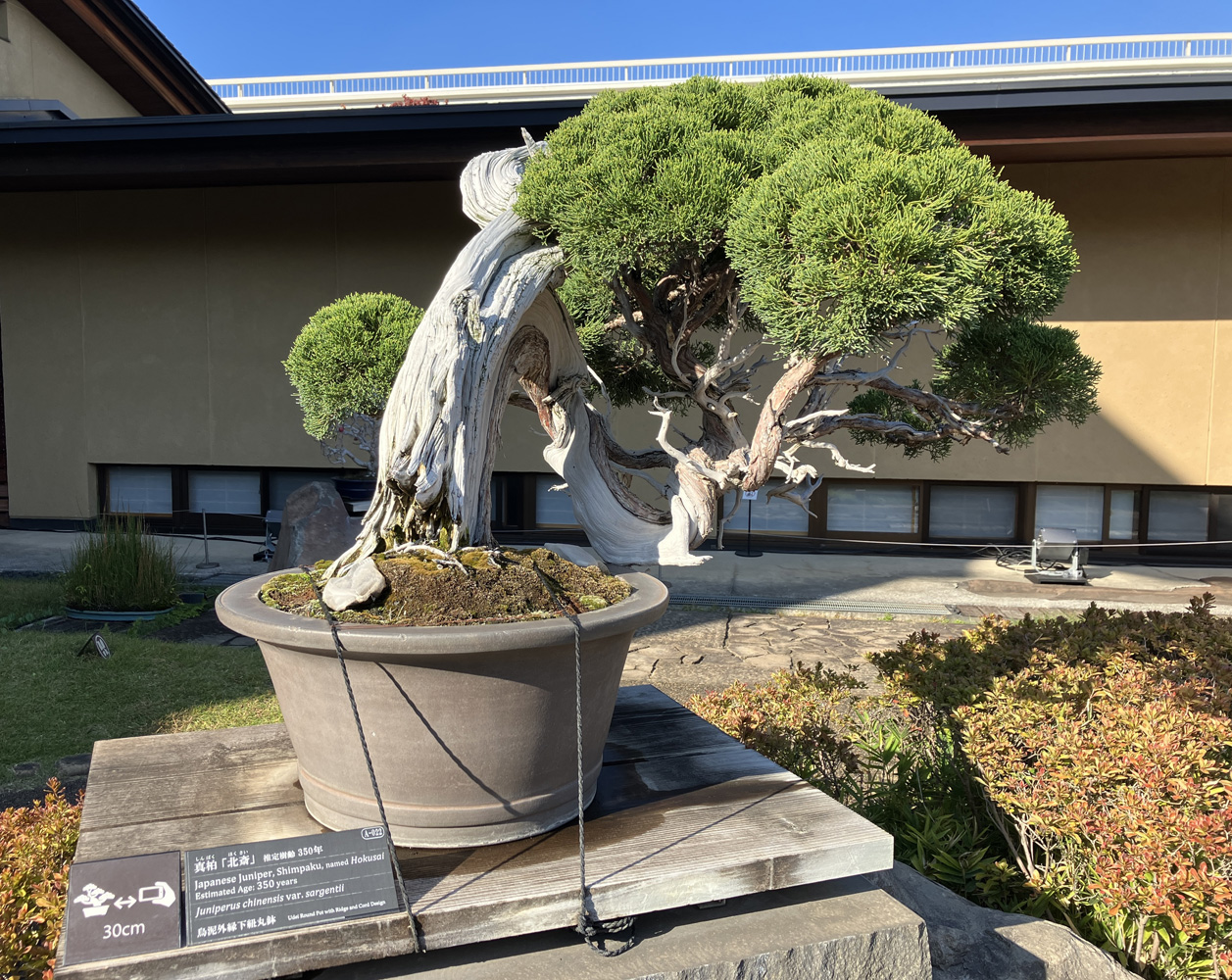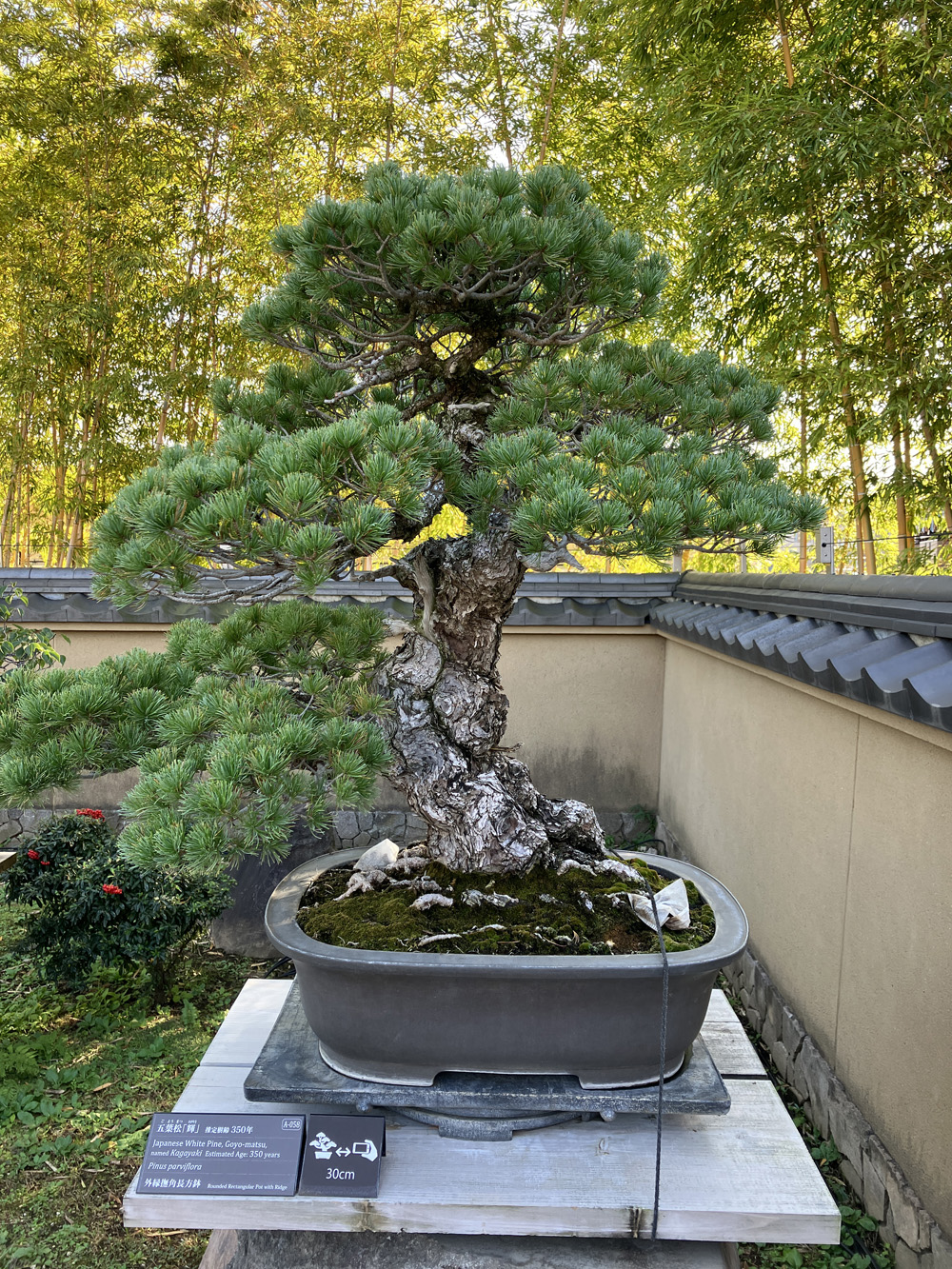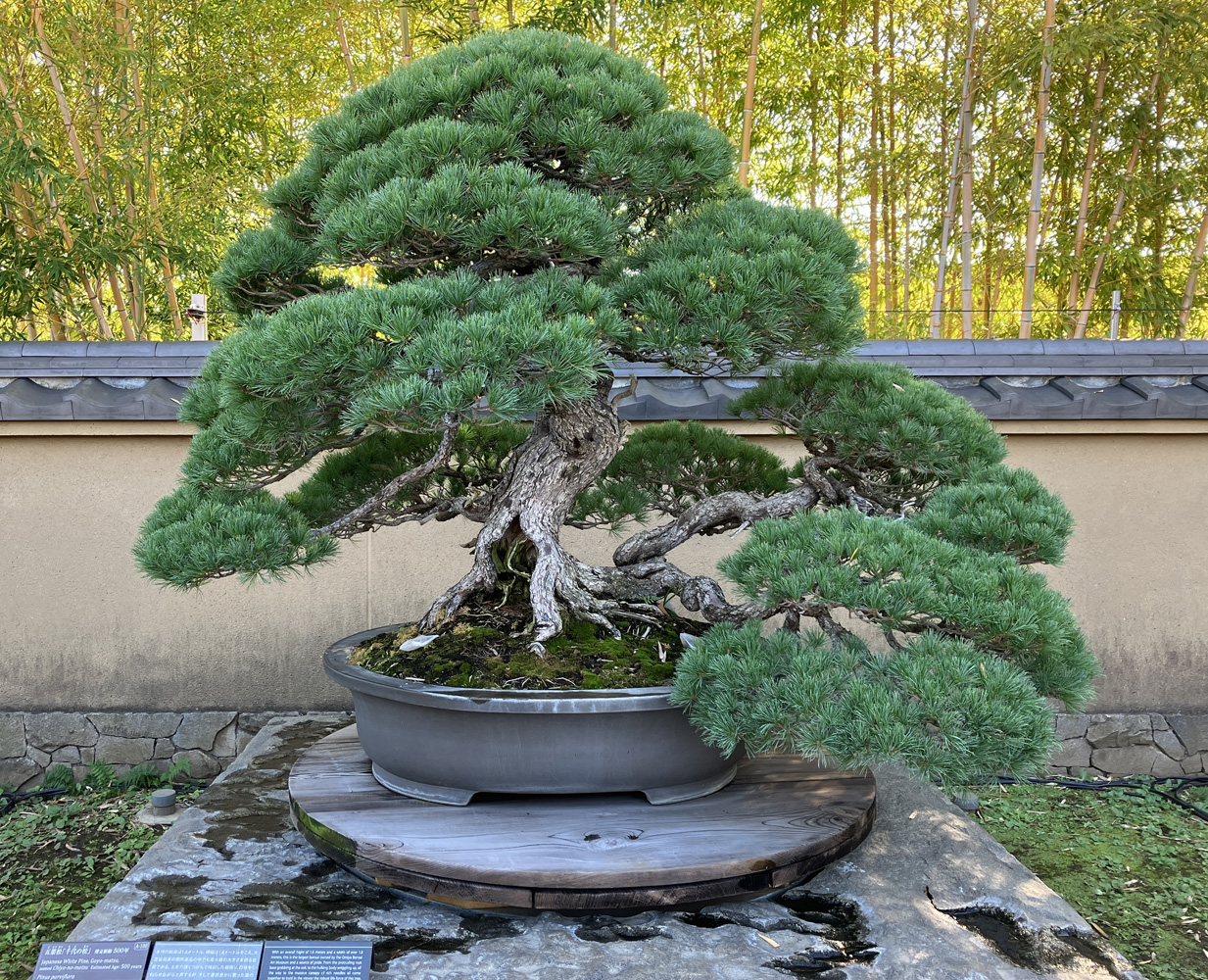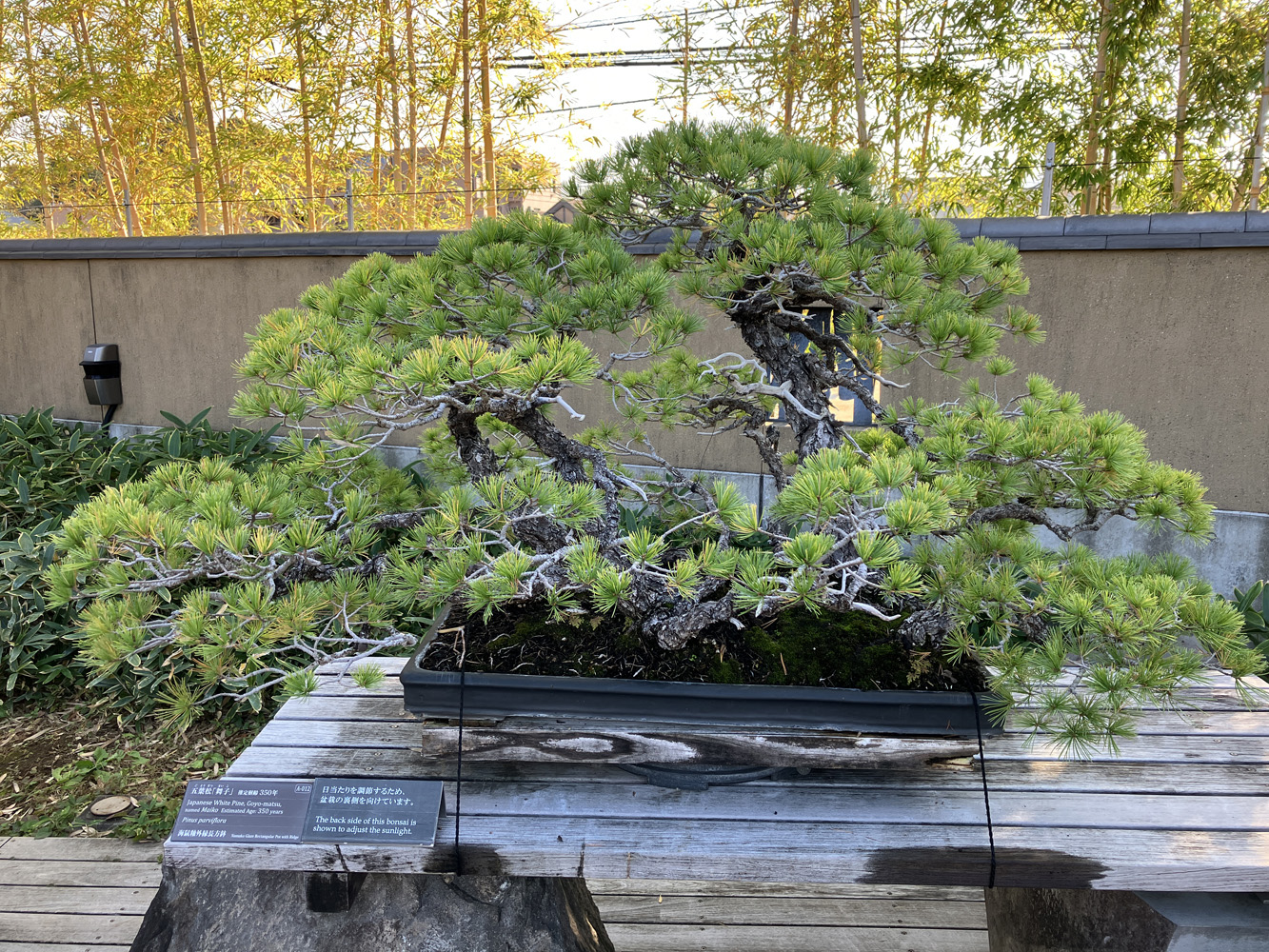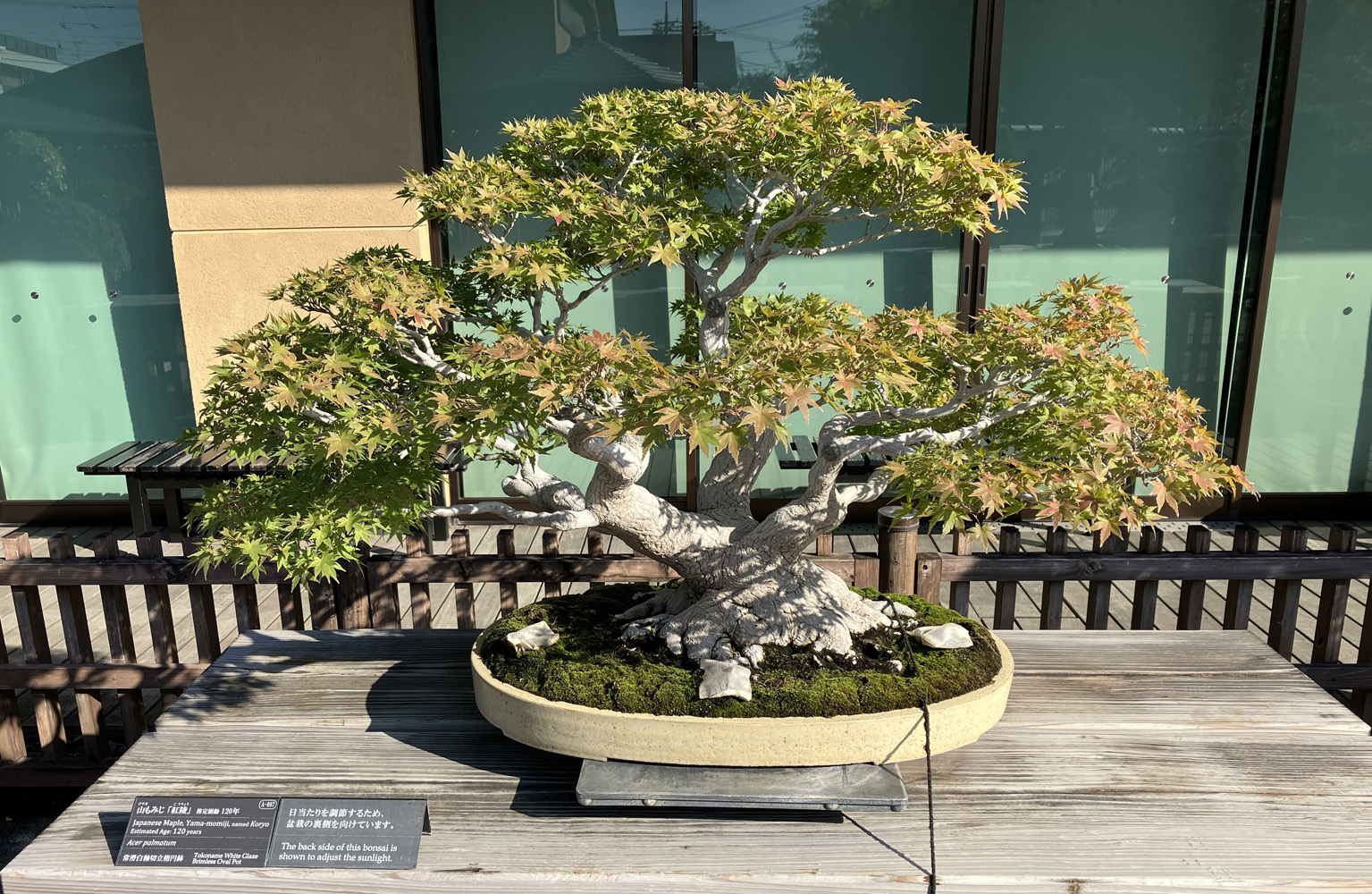Omiya Bonsai Museum & Village
It was a very early start, with a 5:45am alarm call due to having a very busy schedule itinerary set for the day. Having spent the first night of this particular trip in Wakayama, the day started with catching the 6:50am train from Wakayama Station to Shin-Osaka taking exactly 1 hour and 17 minutes. Shin-Osaka is a large busy station due to be the main Shinkansen hub in the region with trains travelling to the North and South of Japan. We had exactly 41 minutes to switch from the local train to the Shinkansen to Tokyo leaving at 8:48am. We’re quite familiar with this station so it only took us a few minutes to find our platform where we would catch the Hikari Shinkansen to Tokyo Central. The night before we had used our Japan Rail Passes to obtain our tickets also to reserve our seats, which is included in the pass. We have mentioned before but if you plan to use the Japan Rail (JR) train lines frequently on your trip then a JR Pass is a must. You purchase the pass here in the UK where you will receive a voucher, you then exchange this voucher when you arrive in Japan at a JR ticket office. They come in three forms, a 7, 14 or 21 day pass. Once you have your pass you can travel on any local JR lines and most of the main Shinkansen’s.
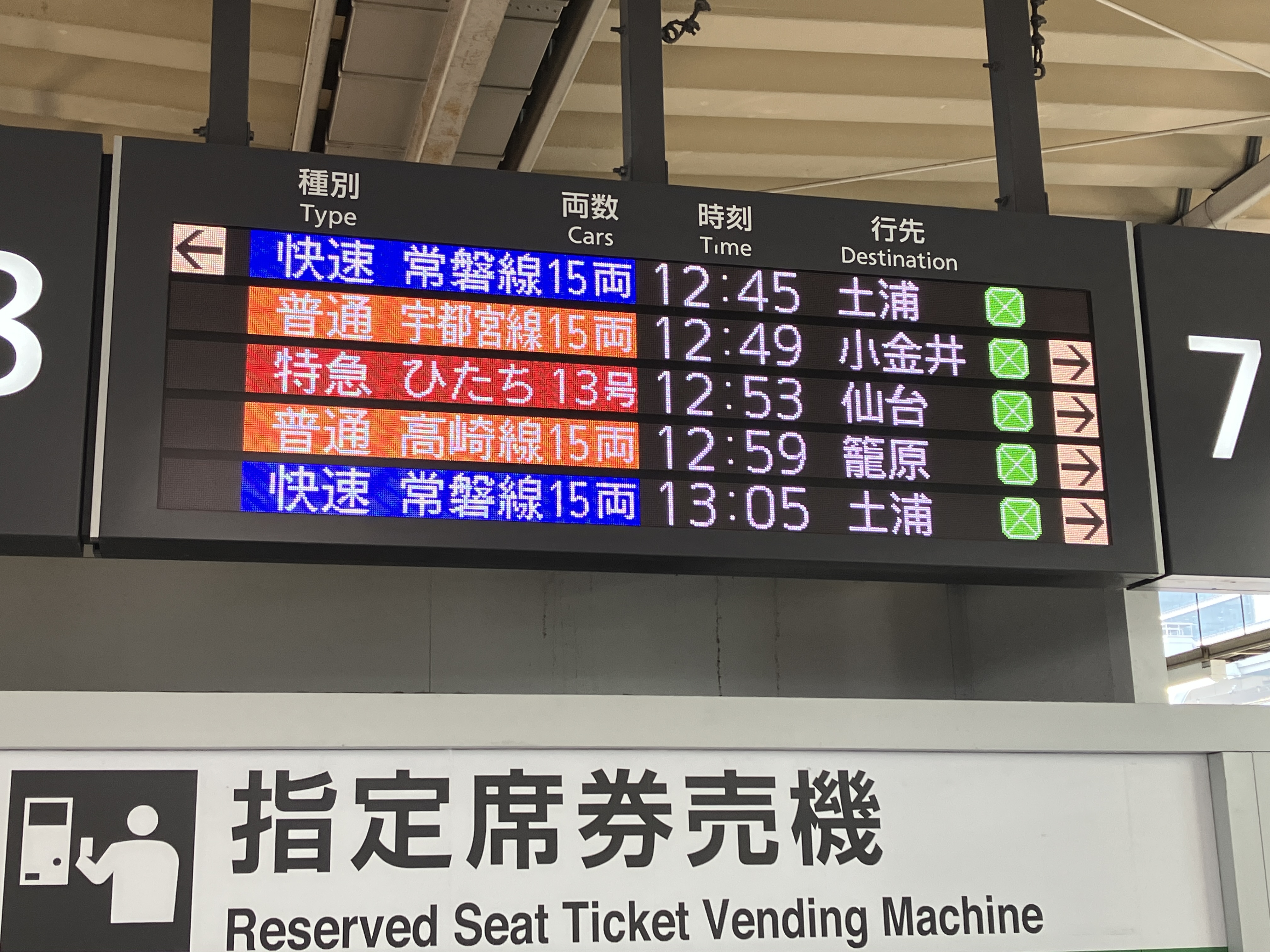
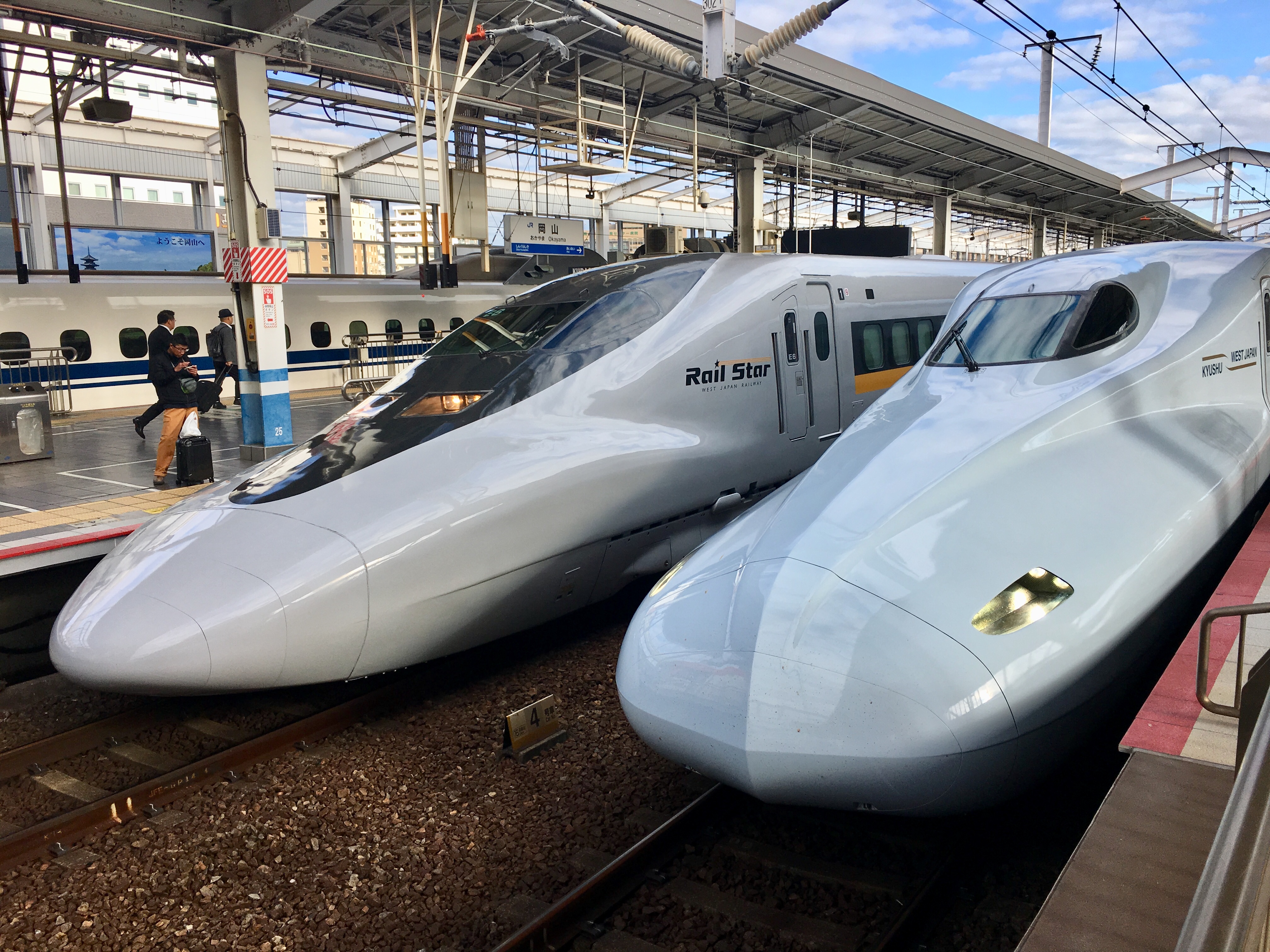
From Osaka, Tokyo is a fair way up the country being around 320 miles away. But traveling on the Shinkansen at speeds of 180mph it took us 2 hours 54 minutes, arriving at 11:42am. We used this time to catch up on a bit of laptop work…and to have a cat nap!
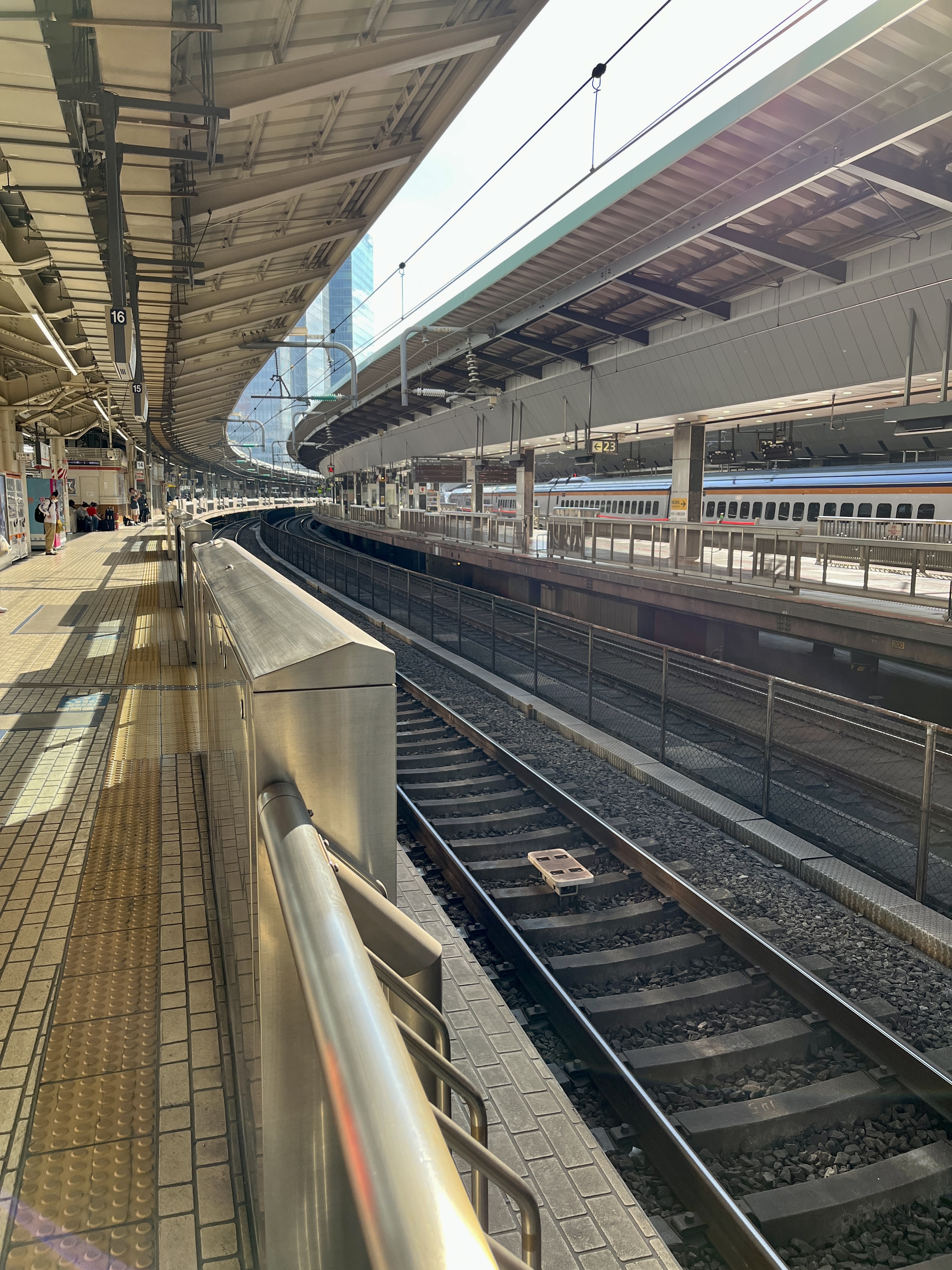
So, arriving at Toyko station our first task was to find our hotel and drop off our cases…Tokyo station is the biggest and busiest in Japan, and it certainly lives up to it! We had been to the station before, but a few years ago…though it didn’t take us long to get our bearings and find the direction we needed to go! For our hotel we had to leave the station from the eastern or rear exit into hustle and bustle of the city. Interestingly when you leave this exit and look back at the station, it looks new and modern…but from the front of the station it looks like an old European style building, which is the original station exterior. Being just a skin now on a modern state of the art building!
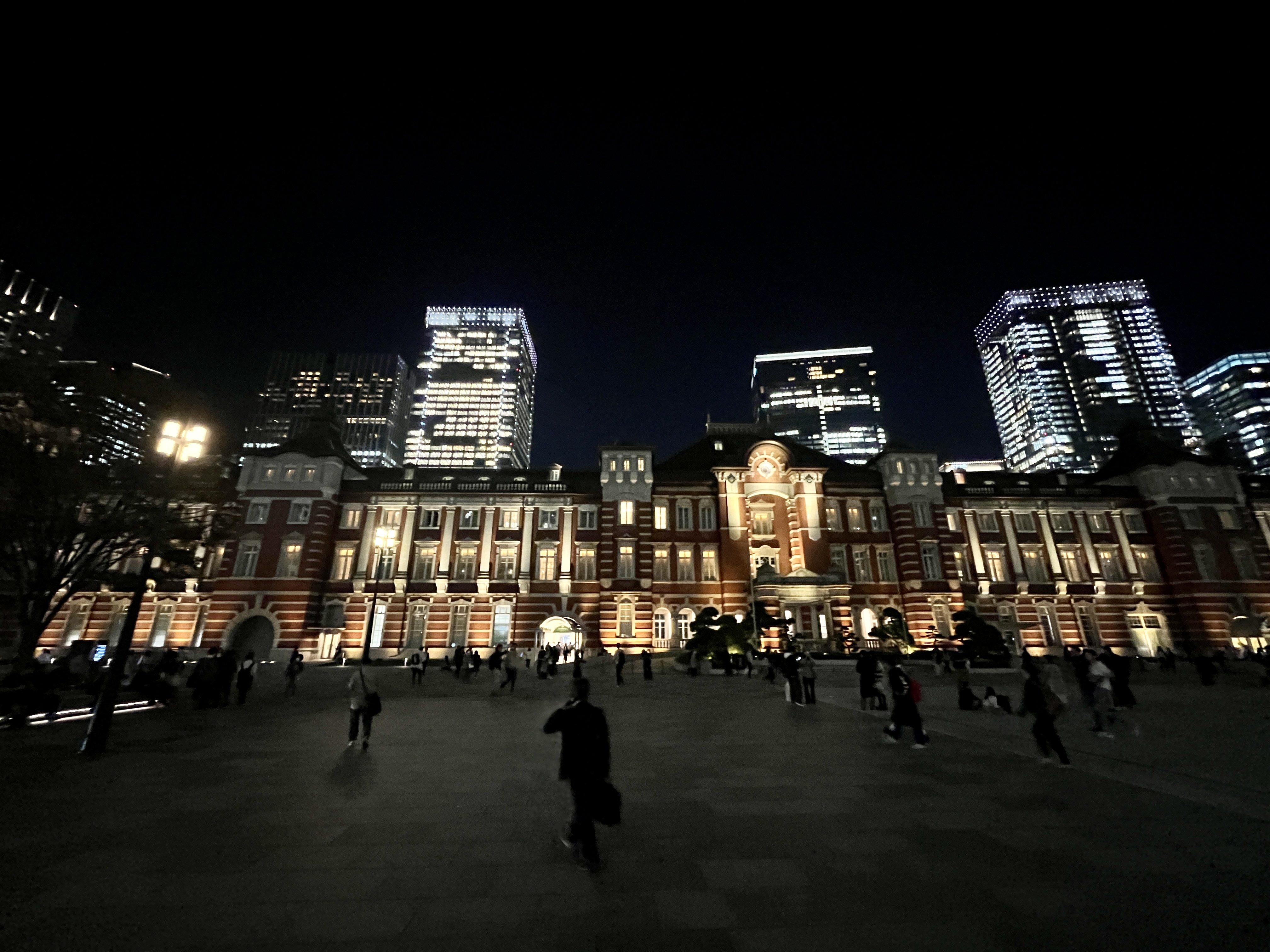
The Bonsai Village was only a short 10-minute walk from the
station, with our first stop being the Omiya Bonsai Museum, as you can pick up
a leaflet that contains a map of all the bonsai nurseries in the area. The
entry fee for the museum was only 310yen each, which was about £2!
The Omiya Bonsai Art Museum opened in March 2010, and is the
first public bonsai art museum. As well as performing research and
investigation into the bonsai culture and tradition, the museum’s mission is to
also spread knowledge about bonsai to more people.
The museum consists of an inside and outside areas, with the start being from the inside. It was certainly very educational to read the text pieces and look at the all the photos, explain the beginnings of Bonsai in Japan and how the names, styles and technical developed and came about. There were some Bonsai in large display cabinets, one of which was a Japanese White Pine, which had been grown from a seed and was over 800 years old…so get your head around that one! Truly amazing! Unfortunately taking pictures inside was not allowed but was allowed outside, where we moved on to next. The outside area was stunning, a type of courtyard with a pond in the middle and stunning Bonsai on display, our photo’s will explain it better! In this area there were around 60 bonsai, with the average age of the trees being between 100 to 300 years old! With the museum having around 120 masterpiece bonsai. Walking around the Bonsai was lovely, somewhat calming especially after all the travelling we had done so far today.
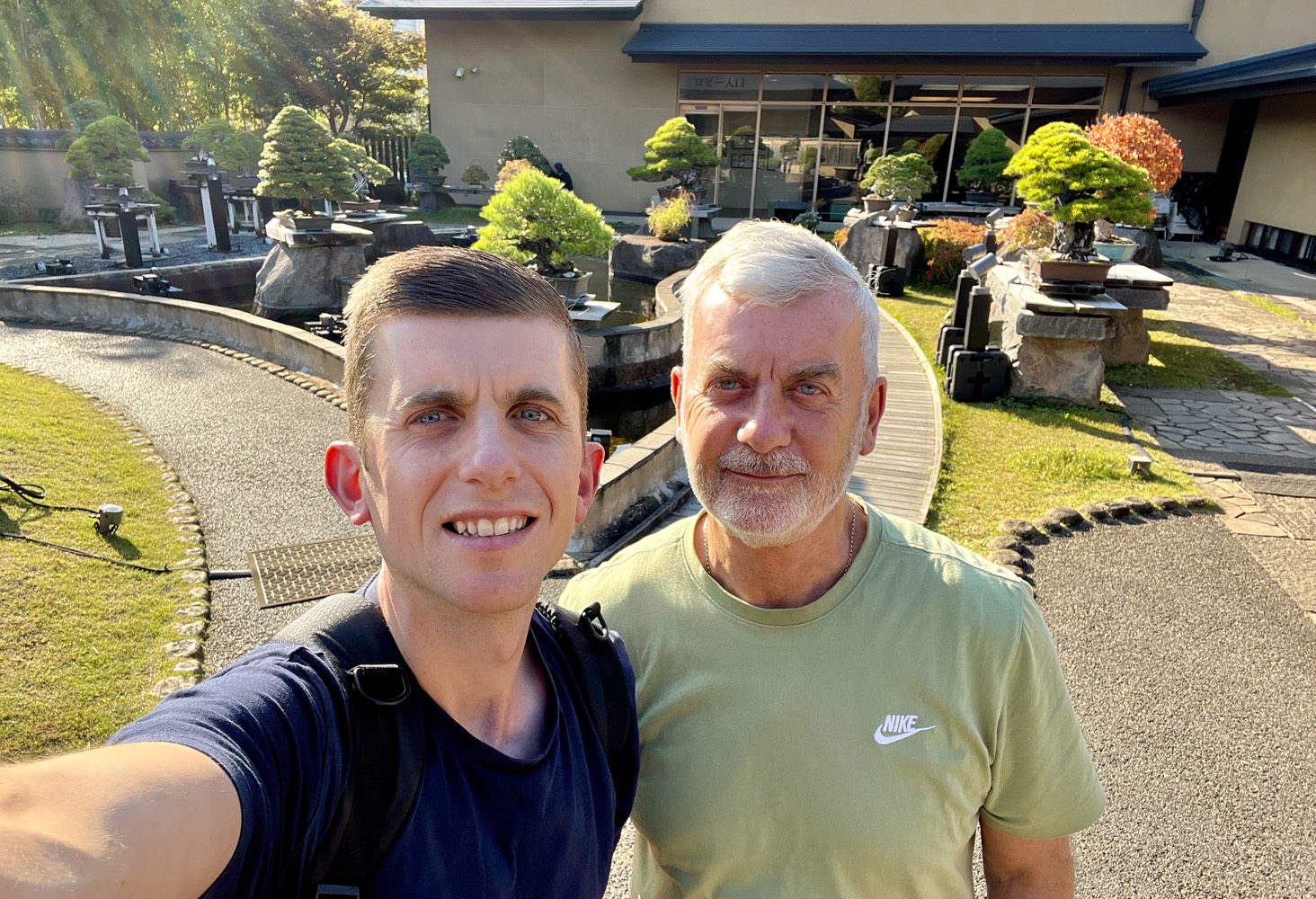
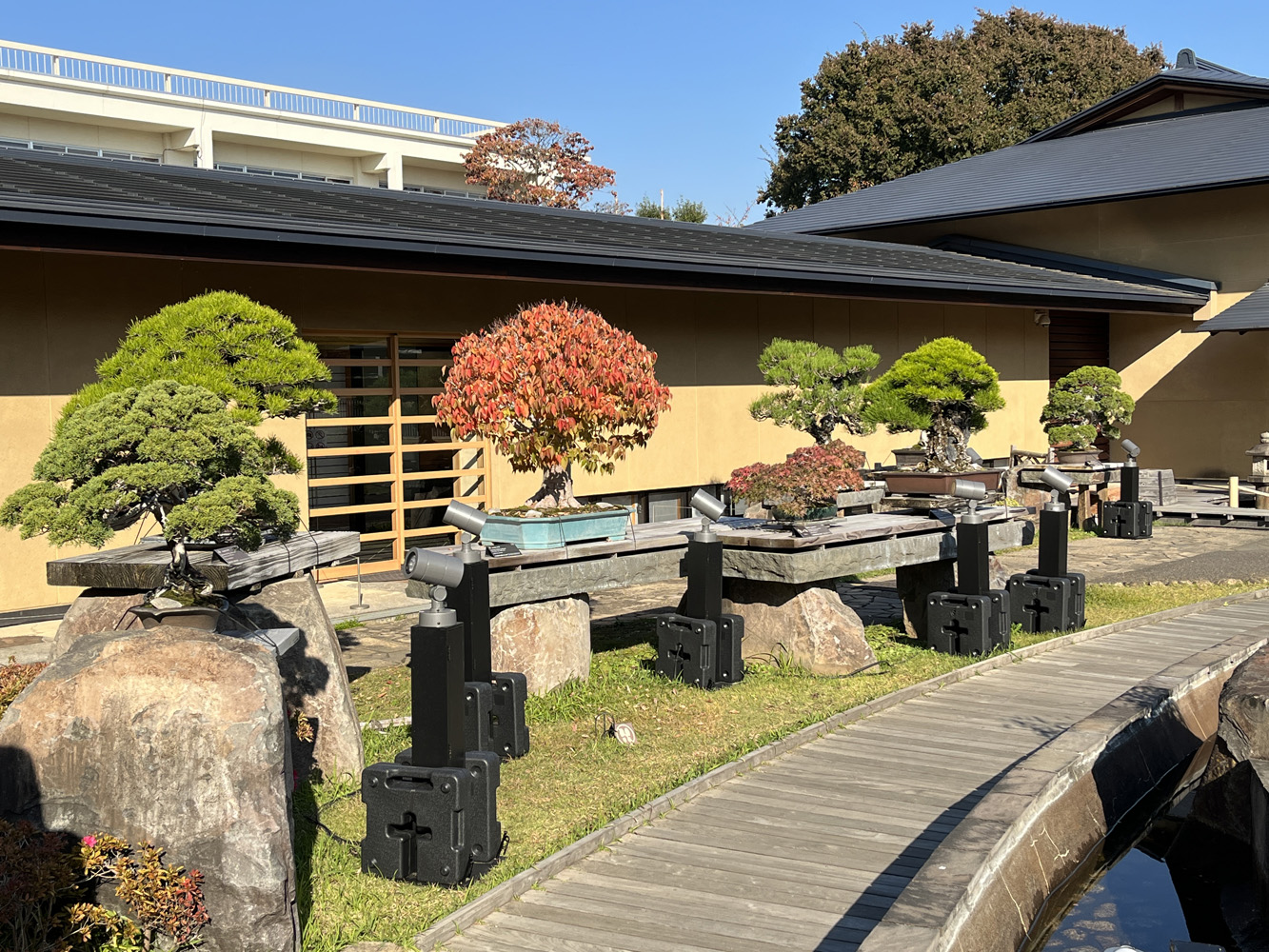
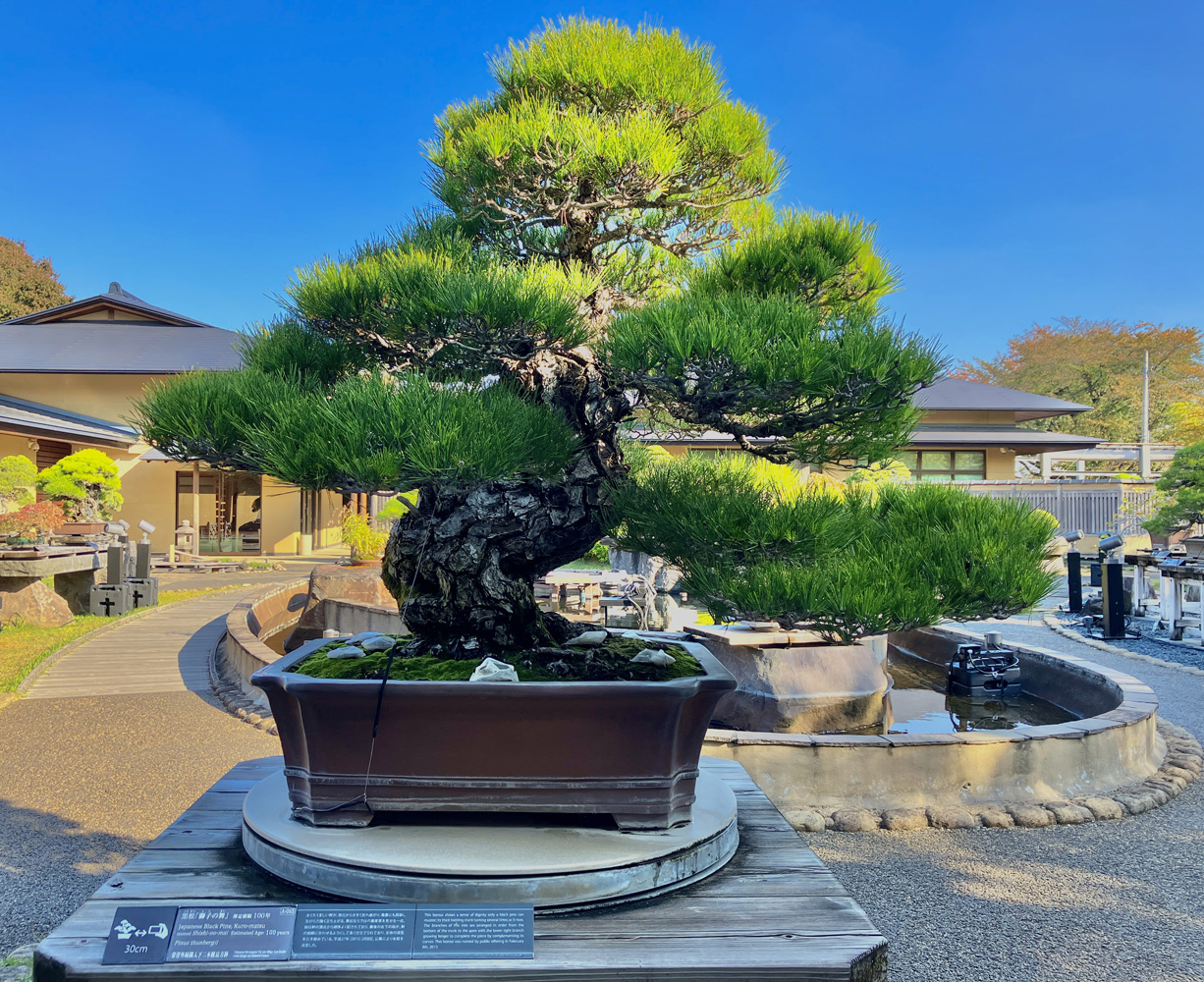
From the museum we then used our helpful map to move onto the
Omiya Bonsai Village Nurseries, of which there were approximately 6 located
within walking distance. The nurseries were all located in a very nice suburb
and close by to each other, some were bigger than others and all had many
Bonsai on display, most of them being for sale too. Unfortunately, photos were
not allowed which was a shame, but understandable.
The villages roots started a long time ago in the Bunkyo ward of Tokyo, where gardeners living there would take care of the gardens that belonged to the feudal lords and samurai. In the Meiji Period (1868-1912) some of these gardeners began specializing in bonsai. Then after the Great Kanto Earthquake of 1923, a group of bonsai gardeners moved in search of land suitable for growing bonsai. In 1925 Omiya Bonsai Village was established as a self-governed community of bonsai gardeners, at its height in 1930, around 30 bonsai nurseries/gardens were part of the community. Even today the village is known for its bonsai masterpieces and so attracts enthusiasts from around the world.
